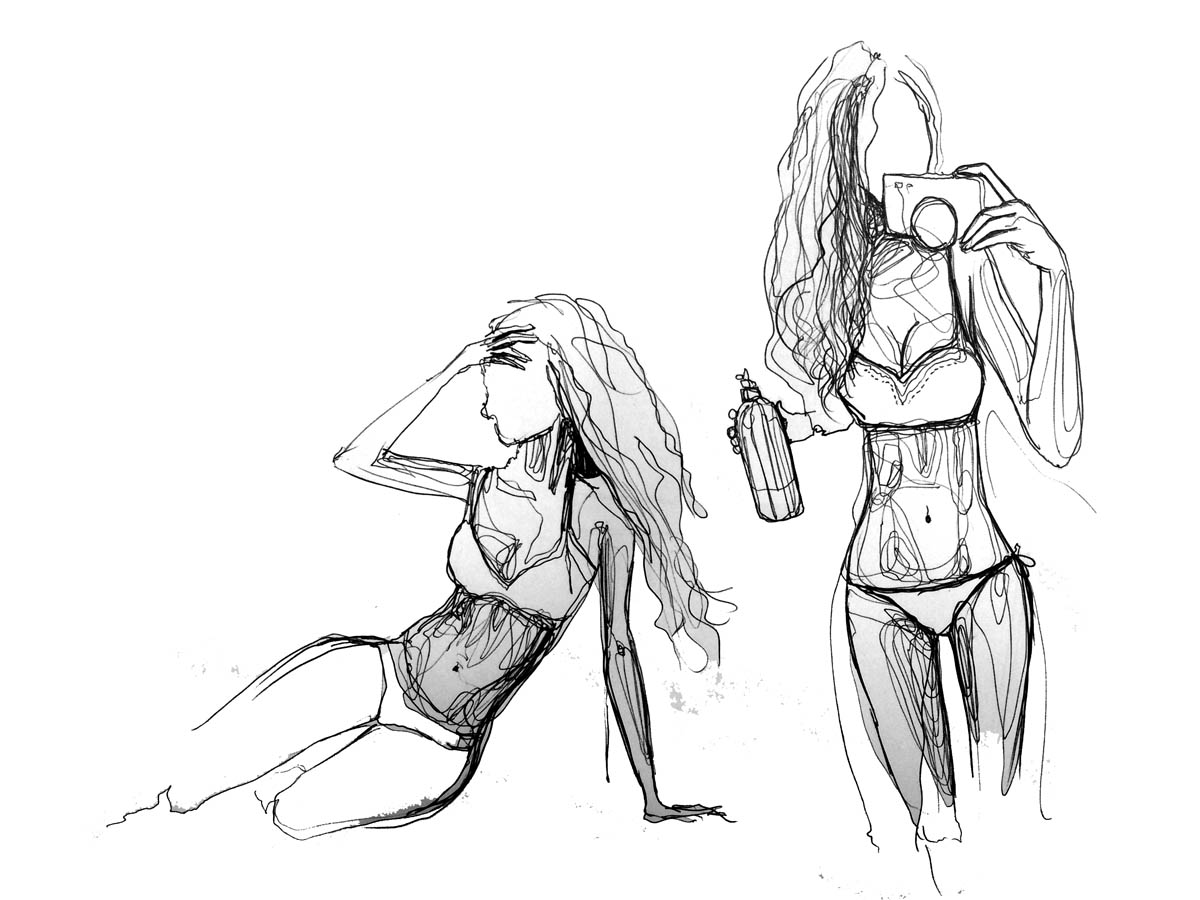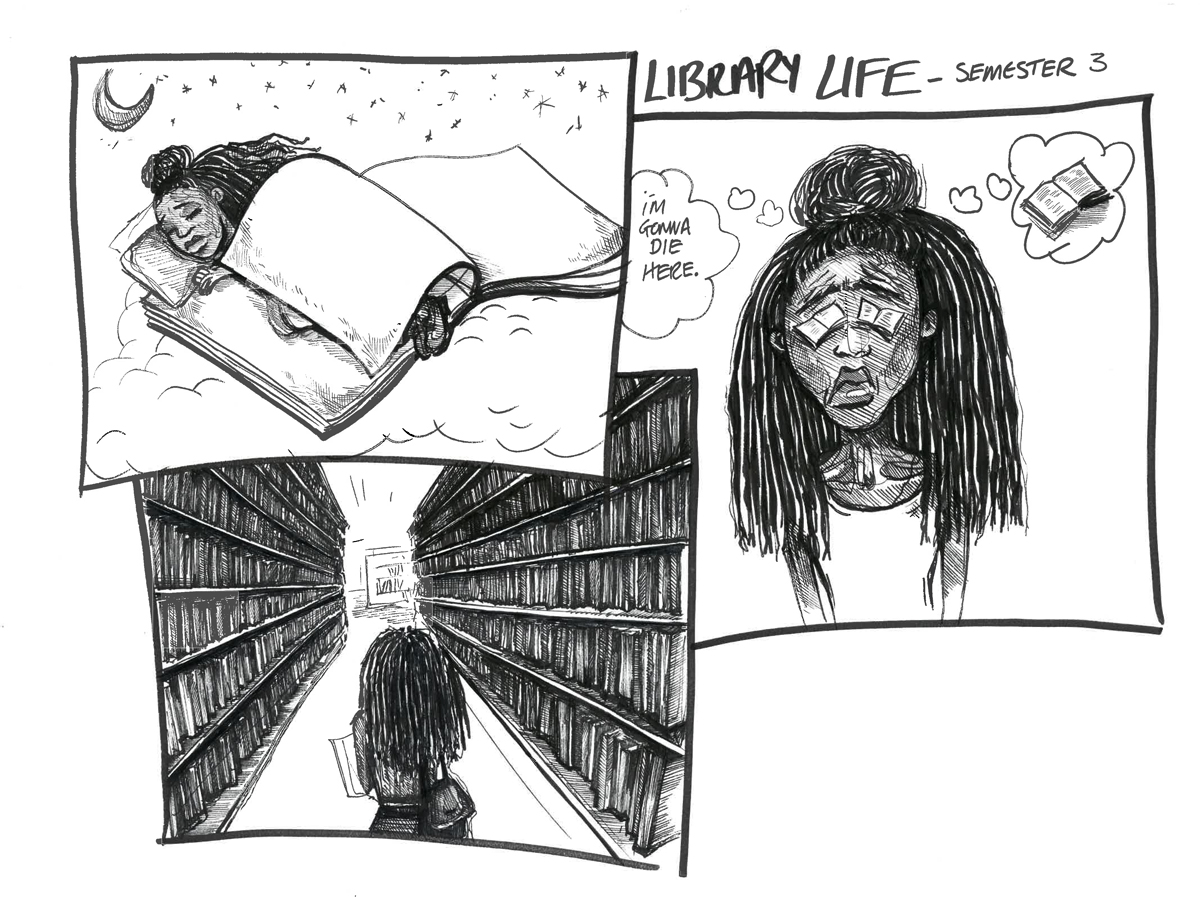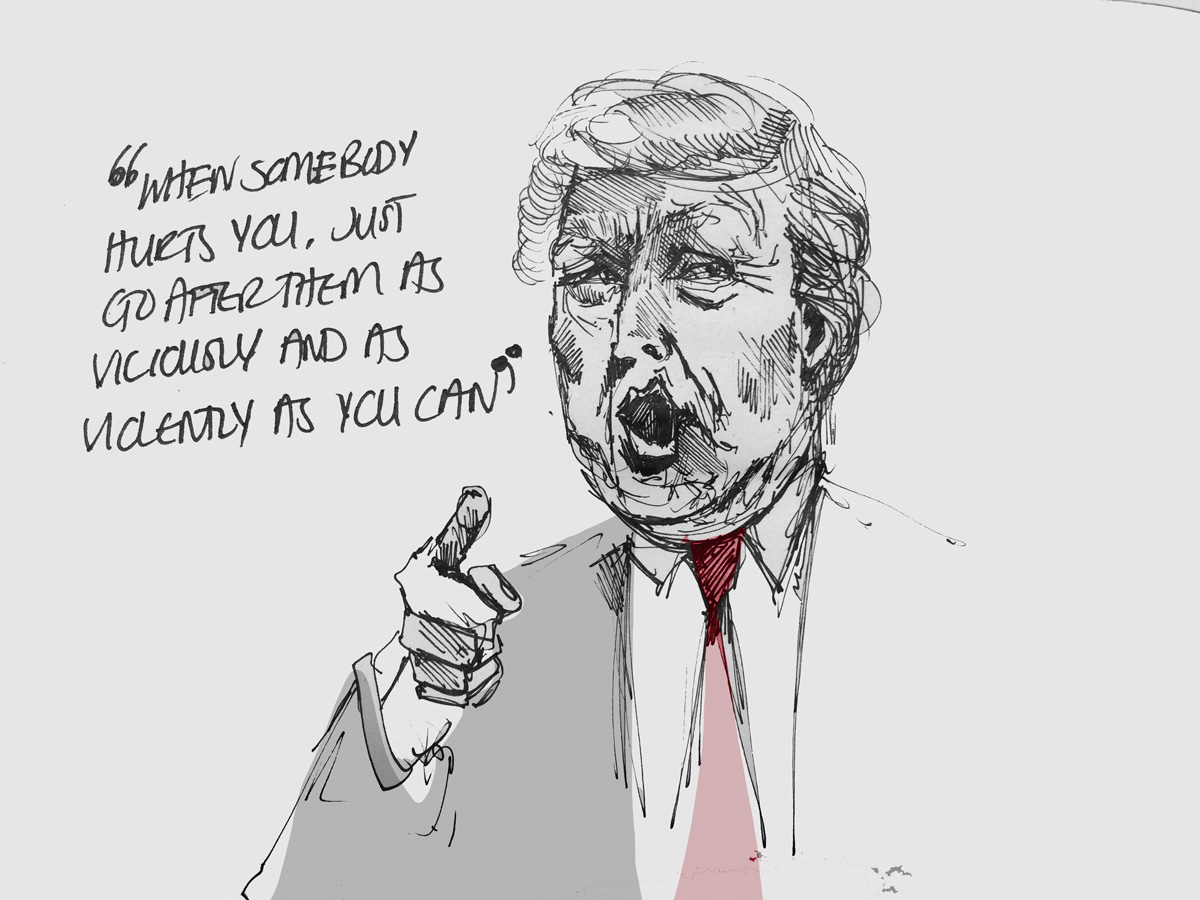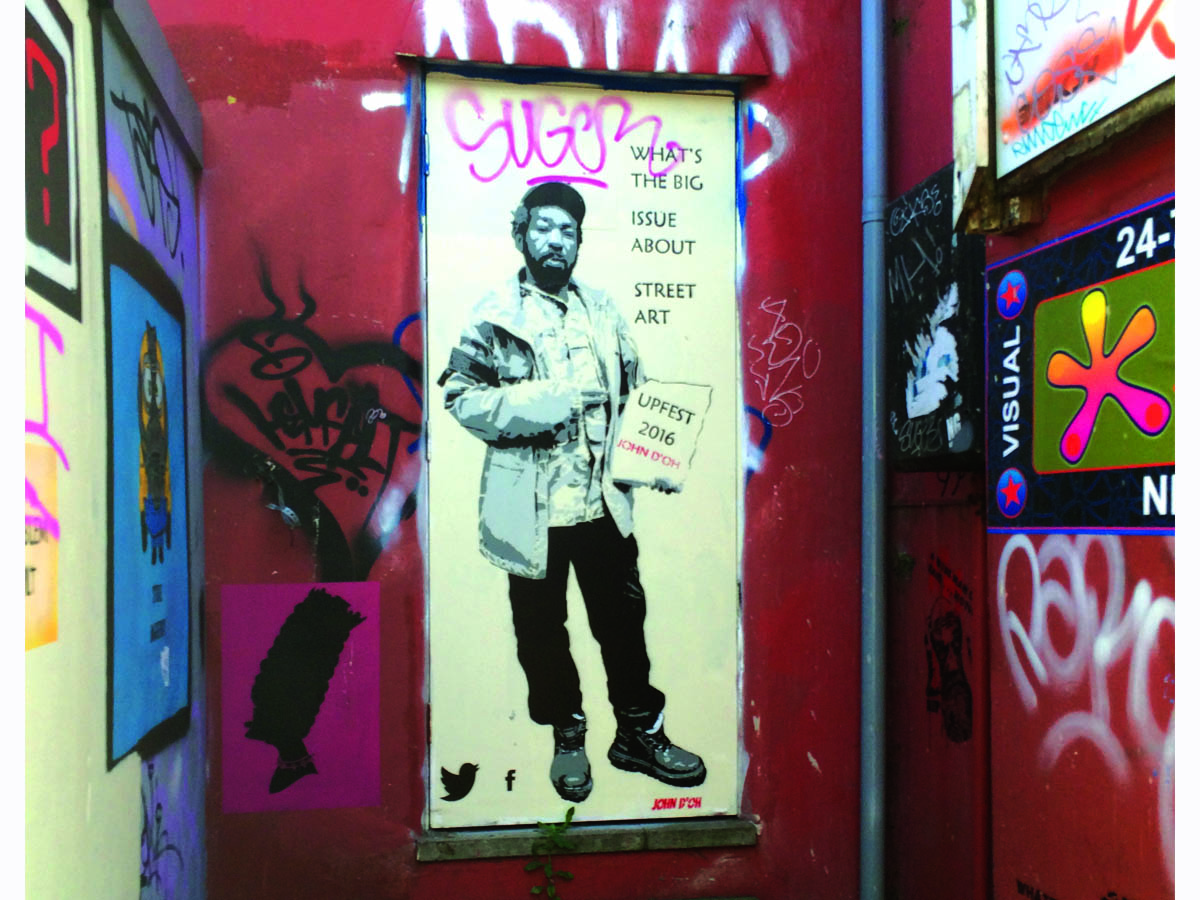‘Body Goals’ and The Dark Side of Instagram
Jazz reminds us a lot of what we see on Instagram and blogging platforms isn’t real, and talks about why it’s important we don’t model our lives based on what we see.
It’s easy to get sucked in.
Mindless scrolling down my Instagram home page is something I find myself doing constantly. Gazing at the array of shoes, curly hair blogs and incredible illustrations tend to suck me in for hours at a time. I use Instagram regularly. I’m an illustrator and find it’s a great place to upload my work and know people are seeing it.
But are we taking this virtual blogosphere too literally?
There’s a filter for every photo, and an array of editing tools to vamp up an average photo and present in on a platform where millions can access it.
Digital influencers are increasingly perpetuating what life’s like for the average twenty-something in the modern world. What once began as a playful device for posting photos, people are now using to promote the illusion of the ‘perfect life’. There are what we call ‘Insta idols’ who are popular bloggers who tend to jet on holiday six times a year, photograph their walk-in wardrobes and dine at the most expensive restaurants. But for the ‘average twenty-something’ this life is far from reality, and insta idols are creating a warped ideology of what’s normal. It’s damaging, and is causing users to feel like their own achievements, graft and hard work are not enough, because they’re not seeing themselves reflected in these posts.
What too many people seem to forget is what they’re seeing often isn’t real. Apps such as body plastic surgery, Retouch Me, and Make Me Thin are all designed to ‘photoshop’ your images, by allowing you to reduce body fat and slim your face until you’re happy with what you see. Even the most idolised celebrities are renowned for using editing apps to improve the look of their photos; Khloe and Kim Kardashian have been caught out in the past for vamping up their Insta snaps. This itself isn’t a problem are users are entitled to freely edit photos, the problem is when young girls are actually buying into it. Buying into the idea that the average waist size is 22 inches, and that skin should be flawlessly radiant, and people really did ‘wake up like this’. So many girls are set up from the get-go to believe that their bodies are imperfect, and too many are entering adulthood with stigmas and insecurities around how they look that have been contributed to by blogging culture.
A big problem I have with Instagram is ‘goal’ culture. There a copious number of blogs that claim to promote ‘body motivation‘ or ‘fitness goals’ but are instead swimming in images of overly skinny models or women appearing to promote health drinks whilst ribs are jutting out their bodies. I’m not about body shaming; whilst slender frames may be natural for some women, for many others it is not. And while lots of fitness pages promote a healthy body image, there are still so many that only show skinny as the desirable body type. Comment sections are in the thousands, and often feature comments like ‘GOALS’, ‘I wish I had your body’, and other damaging remarks that do nothing but damage self-esteem and warp how users see their own bodies. ‘We will never look like that’ is probably one of the most emotionally destructive and detrimental statements you could declare, particularly when so many young women are tagging their friends in these posts. Self-love and acceptance appear to be absent, and the sense of reality in regards to body ‘goals’ and their own body is long gone.
Comments like ‘GOALS’, ‘I wish I had your body’, and other remarks do nothing but damage self-esteem and warp how users see their own bodies.
Distinguishing an ad from the content is becoming increasingly difficult. A social media influencer is a person paid to advertise a product on their own platforms, and develop the social media ad campaigns with the company. Companies target users with a large fan base and followers, creating specific ads that appeal to the interests of their audience. For instance, a lot of clothing companies send stock to popular bloggers to model, before sending them back. It’s all business, and generally this is subtly worked into images and posts so casually a lot of the time you don’t notice. For instance, a lot of fitness bloggers post about health and detox drinks that claim to reduce bloating and drop inches. People become fixated with these products in confidence they will give them the body they desire ie the body in the photo. It’s a strategy that’s set up to benefit the influencers and companies, whilst the buyers are flocking to purchase products that have been sold to them based on a lie.
However, this being said there are millions of users on the Instagram blogosphere who use their platform to promote a healthy lifestyle, and push for a more realistic representation of life. Too often people are being confronted with the unobtainable, and blogs encouraging users to love and accept themselves such as bodyposipanda and gabifresh are combating this, one post at a time. This also allows for hashtag trends such as ‘inmyskiniwin’ and ‘loveyourlines’ to achieve worldwide recognition. Both promote the idea that scars and skin conditions are not to be considered ugly or debilitating, but instead encourage people to celebrate them.
Instagram is a great tool for raising awareness and allow people who are doing great things to have an accessible platform, but it can always do the opposite. It’s important to remember what’s real, choose your role models carefully, and not to chase dreams, bodies or lifestyles that exist solely on the world of Instagram.
We at Rife always want to hear your thoughts, so let us know how you feel about Instragram blogging culture on Twitter at Rifemag and Facebook at Rife Magazine.
And if you’re struggling with any issues based on what you see online, or just in general, there are always people you can chat to. Head over to Rife Guide for advice and support.











